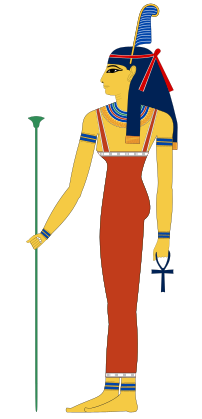Friends of Hecate is a British occult order that was brought to public attention in 1987 in the book The Demonic Connection.
The book was written by Toyne Newton, Charles Walker and Alan Brown and linked the Friends of Hecate to Clapham Wood. Charles Walker described an incident in the woods in which he had been approached by an initiate of the FoH who claimed responsibility for the slaughter and sacrifice of dogs and other animals. The Friends of Hecate, it is claimed, had earmarked the woods for a decade of occult activity and had contacts in high places in society.
It is said that a number of dogs have gone missing in the woods or have become surprisingly aggressive after visiting.
Clapham Wood, unfortunately, is directly linked to four human deaths.
In June 1972 police officer Peter Goldsmith vanished and his body was discovered 6 months later.
In August 1975 Leon Foster’s body was discovered after a three weeks search.
Clapham vicar Reverend Harry Neil Snelling vanished in 1978. Three years later his body was found in the wood.
Finally, in September 1981 the homeless schizophrenic Jillian Matthews vanished and her body was found 6 weeks later in Clapham Wood.
Hecate is an old Greek goddess of the household and the newly born. She is often portrayed as a hag or a crone these days but was once a powerful and beautiful goddess. When Zeus overthrew the Titans and took control of Olympus he allowed Hecate to retain her position. In fact, Hecate is the only one of the ancient Titans who retained her position.
The connection between the Greek goddess and a quasi-pagan British occult order is not entirely clear. However, Hecate is also the goddess of witchcraft and this alone may be a strong enough focus for the Friends of Hecate order.






